Description
Kodampuli is also known as Cambodge, fish tamarind, malabar tamarind and mistakenly as kokum. This fruit is used to add sourness to dishes/curries in Kerala. This is also Kerala’s secret spice in seafood. Kodampuli is a medium sized, evergreen tree and the flowers are sessile and axillary. Its leaves are dark green, elliptic, shining to obviate. It bears sweet sour mixed fruit. The fruit may resemble a yellow pumpkin. When the fruit ripes, its plucked form the vine, seeded and left to dry in the sun till it turns leathery.
This fruit is native to Indonesia and commonly found in South Asia. It is green in colour and round in shape. The ripened fruit looks yellow in colour. When it is ripened the fruit is picked and dry in the sunshine. Then it is dried in open smokey chambers. And it becomes black in colour. This Kodampuli (കുടംപുളി ) will stay for many years. Puli is sour in Malayalam. So it is used in curries as a natural souring agent. The skin of the fruit has more use than other parts. Kodampuli is also used for medicinal purposes in Ayurveda. It is beneficial mainly for weight loss. Here we introduce its role in reducing cholesterol level in the blood.
Plays a vital role in Cholesterol Control
It helps to reduce high cholesterol and also high Triglycerides level in our body. The enzyme called ATP lyase helps in fat production. Kudampuli(കുടംപുളി) extracts can resist the activity of this enzyme. This action of resisting ATP lyase activity can reduce the fat content in the body. Thus this reduces the Cholesterol and also the Triglycerides level. And can also inhibit the formation of fat in adipose tissues, intestine and in the liver also.
Flavonoids are the compounds which are present in plants. This is health promoting compounds. There are 2 Flavonoids in Kodampuli which are:
1.Tannic Acid
2.Morin.
These plays an important role in reducing the Cholesterol and Triglycerides level. The Flavonoids reduces the activity of the enzymes which helps in the production of cholesterol. Here it increases the production of High-Density Lipoprotein(HDL) which is healthy cholesterol. And reduces the production of Low-Density Lipoprotein(LDL) and Very Low-Density Lipoprotein(VLDL).

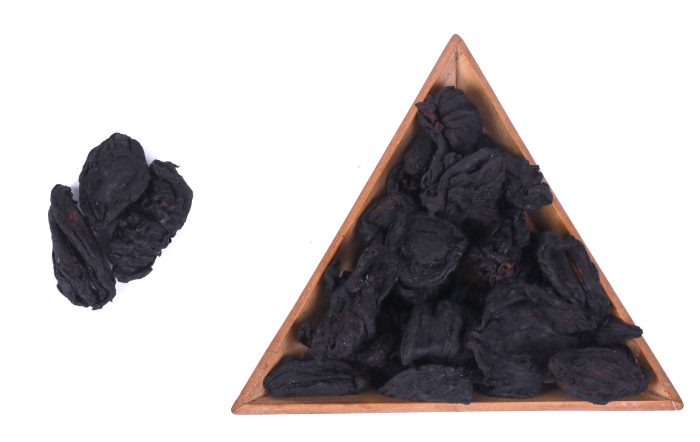
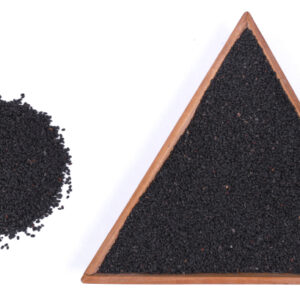
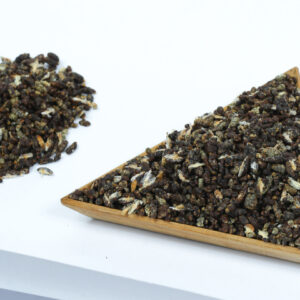
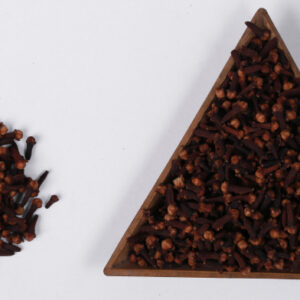
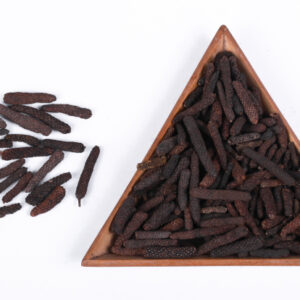
Reviews
There are no reviews yet.